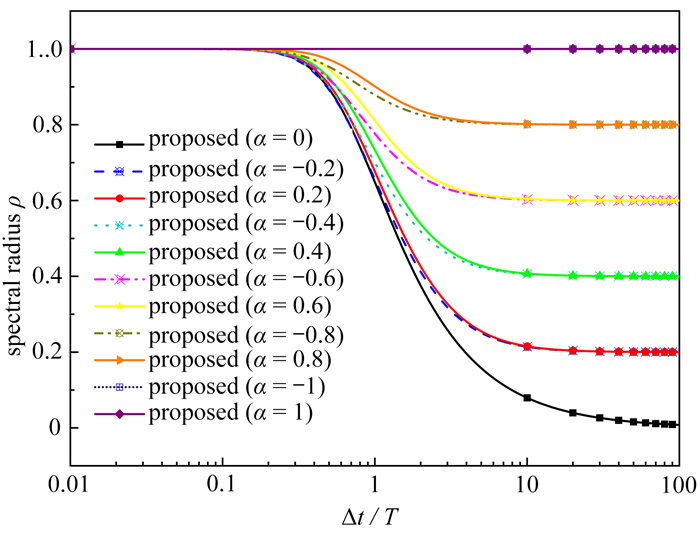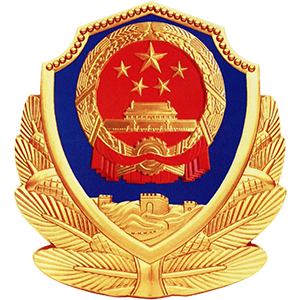| [1] |
DOKAINISH M A, SUBBARAJ K. A survey of direct time-integration methods in computational structural dynamics Ⅰ: explicit methods[J]. Computers & Structures, 1989, 32: 1371-1386.
|
| [2] |
SUBBARAJ K, DOKAINISH M A. A survey of direct time-integration methods in computational structural dynamics Ⅱ: implicit methods[J]. Computers & Structures, 1989, 32: 1387-1401.
|
| [3] |
KRIEG R D. Unconditional stability in numerical time integration methods[J]. Journal of Applied Mechanics, 1973, 40: 417-421. doi: 10.1115/1.3422999
|
| [4] |
CHUNG J, LEE J M. A new family of explicit time integration methods for linear and non-linear structural dynamics[J]. International Journal for Numerical Methods in Engineering, 1994, 37 (23): 3961-3976. doi: 10.1002/nme.1620372303
|
| [5] |
KIM W. A simple explicit single step time integration algorithm for structural dynamics[J]. International Journal for Numerical Methods in Engineering, 2019, 119 (5): 383-403. doi: 10.1002/nme.6054
|
| [6] |
NOH G, BATHE K J. An explicit time integration scheme for the analysis of wave propagations[J]. Computers & Structures, 2013, 129: 178-193.
|
| [7] |
LI J, YU K, ZHAO R. Two third-order explicit integration algorithms with controllable numerical dissipation for second-order nonlinear dynamics[J]. Computer Methods in Applied Mechanics and Engineering, 2022, 395: 114945. doi: 10.1016/j.cma.2022.114945
|
| [8] |
HOUBOLT J C. A recurrence matrix solution for the dynamic response of elastic aircraft[J]. Journal of the Aeronautical Sciences, 1950, 17: 540-550. doi: 10.2514/8.1722
|
| [9] |
WILSON E L. A Computer Program for the Dynamic Stress Analysis of Underground Structures[M]. Berkeley: University of California, 1968.
|
| [10] |
NEWMARK N. A method of computation for structural dynamics[J]. Journal of the Engineering Mechanics Division, 1959, 85 (3): 67-94. doi: 10.1061/JMCEA3.0000098
|
| [11] |
HILBER H M, HUGHES T J R, TAYLOR R L. Improved numerical dissipation for time integration algorithms in structural dynamics[J]. Earthquake Engineering & Structural Dynamics, 1977, 5 (3): 283-292.
|
| [12] |
WOOD W L, BOSSAK M, ZIENKIEWICZ O C. An alpha modification of Newmark's method[J]. International Journal for Numerical Methods in Engineering, 1980, 15 (10): 1562-1566. doi: 10.1002/nme.1620151011
|
| [13] |
邵慧萍, 蔡承文. 结构动力学方程数值积分的三参数算法[J]. 应用力学学报, 1988, 5 (4): 76-81. https://www.cnki.com.cn/Article/CJFDTOTAL-YYLX198804009.htmSHAO Huiping, CAI Chengwen. A three parameters algorithm fornumerical integration of structural dynamic equations[J]. Chinese Journal of Applied Mechanics, 1988, 5 (4): 76-81. (in Chinese) https://www.cnki.com.cn/Article/CJFDTOTAL-YYLX198804009.htm
|
| [14] |
于开平, 邹经湘. 结构动力响应数值算法耗散和超调特性设计[J]. 力学学报, 2005, 37 (4): 467-476. doi: 10.3321/j.issn:0459-1879.2005.04.012YU Kaiping, ZOU Jingxiang. Two time integration algorithms with numerical dissipation and without overshoot for structural dynamic[J]. Chinese Journal of Theoretical and Applied Mechanics, 2005, 37 (4): 467-476. (in Chinese) doi: 10.3321/j.issn:0459-1879.2005.04.012
|
| [15] |
BATHE K J, BAIG M M. On a composite implicit time integration procedure for nonlinear dynamics[J]. Computers & Structures, 2005, 83 (32): 2513-2524.
|
| [16] |
WEN W, WEI K, LEI H, et al. A novel sub-step composite implicit time integration scheme for structural dynamics[J]. Computers & Structures, 2017, 182: 176-186.
|
| [17] |
邢誉峰, 郭静. 与结构动特性协同的自适应Newmark方法[J]. 力学学报, 2012, 44 (5): 904-911. https://www.cnki.com.cn/Article/CJFDTOTAL-LXXB201205013.htmXING Yufeng, GUO Jing. A self-adaptive Newmark method with parameters dependent upon structural dynamic characteristics[J]. Chinese Journal of Theoretical and Applied Mechanics, 2012, 44 (5): 904-911. (in Chinese) https://www.cnki.com.cn/Article/CJFDTOTAL-LXXB201205013.htm
|
| [18] |
陈元昌, 张邦基, 张农, 等. 结构动力响应分析的三阶显隐式时程积分方法[J]. 应用力学学报, 2016, 33 (2): 195-200. https://www.cnki.com.cn/Article/CJFDTOTAL-YYLX201602004.htmCHEN Yuanchang, ZHANG Bangji, ZHANG Nong, et al. A three-order explicit-implicit time-integration scheme for dynamic response analysis[J]. Chinese Journal of Applied Mechanics, 2016, 33 (2): 195-200. (in Chinese) https://www.cnki.com.cn/Article/CJFDTOTAL-YYLX201602004.htm
|
| [19] |
苏成, 罗俊哲, 许秩. 多孔结构多尺度随机振动分析的渐近均匀化-时域显式法[J]. 应用数学和力学, 2023, 44 (1): 1-11. doi: 10.21656/1000-0887.430116SU Cheng, LUO Junzhe, XU Zhi. An asymptotic-homogenization explicit time-domain method for random multiscale vibration analysis of porous material structures[J]. Applied Mathematics and Mechanics, 2023, 44 (1): 1-11. (in Chinese) doi: 10.21656/1000-0887.430116
|
| [20] |
刘凡, 李利祥, 赵岩. 移动荷载作用下具有不确定参数桥梁动力响应分析[J]. 应用数学和力学, 2023, 44 (3): 241-247. doi: 10.21656/1000-0887.430148 LIU Fan, LI Lixiang, ZHAO Yan. Dynamic responses analysis of bridges with uncertain parameters under moving loads[J]. Applied Mathematics and Mechanics, 2023, 44 (3): 241-247. (in Chinese) doi: 10.21656/1000-0887.430148
|
| [21] |
BATHE K J, NOH G. Insight into an implicit time integration scheme for structural dynamics[J]. Computers & Structures, 2012, 98: 1-6.
|
| [22] |
LI J, YU K. Development of composite sub-step explicit dissipative algorithms with truly self-starting property[J]. Nonlinear Dynamics, 2021, 103 (2): 1911-1936.
|





 下载:
下载:















 渝公网安备50010802005915号
渝公网安备50010802005915号